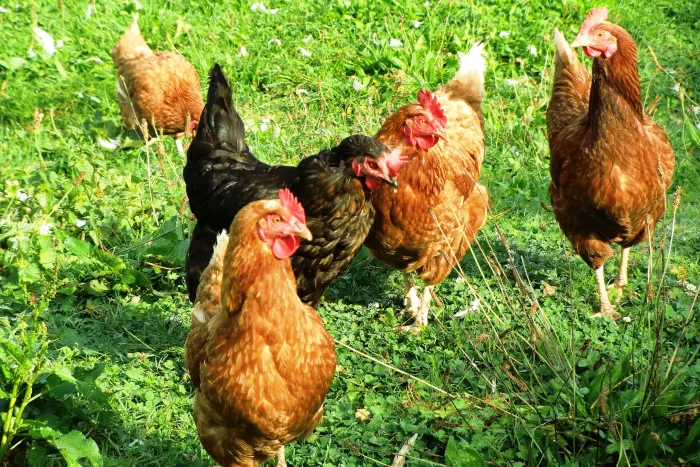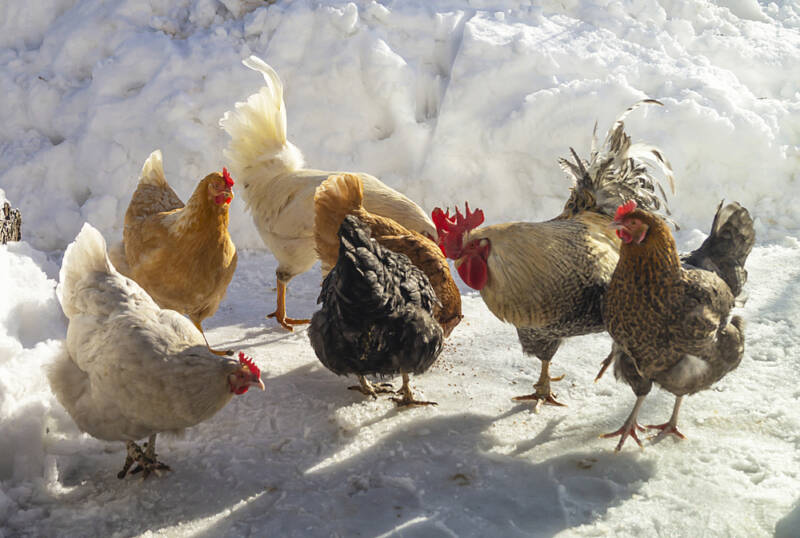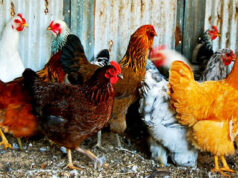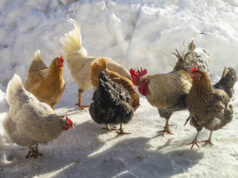Green Muscle Disease (GMD), commonly known as Deep Pectoral Myopathy, is a condition that affects chickens, causing their muscles to turn green. As a poultry enthusiast, you may wonder whether it’s safe to eat chicken affected by this disease. In this article, we will dive deep into the topic, providing a comprehensive understanding of what GMD is, its causes, symptoms, and safety concerns surrounding its consumption.

What is Green Muscle Disease?
GMD is a muscle condition primarily affecting broiler chickens. It results from restricted blood flow to the deep pectoral muscles, leading to muscle necrosis and a characteristic green discoloration. The condition is not unique to chickens, and similar issues can occur in other poultry and meat animals.

Causes of Green Muscle Disease
Rapid Growth
One of the primary causes of GMD is the rapid growth of broiler chickens. These birds are bred to grow quickly and produce more meat, but their fast growth can lead to issues with blood circulation in their deeper muscles.
High Activity Levels
High activity levels can also contribute to GMD. Chickens that are highly active may experience elevated blood pressure in their deep pectoral muscles, leading to restricted blood flow and muscle necrosis.

Symptoms of Green Muscle Disease in Chickens
Identifying GMD in chickens can be challenging as it does not exhibit any external symptoms. Some common indicators include:
- Green Discoloration: The most obvious sign is the greenish discoloration of the deep pectoral muscles.
- Muscle Swelling: Chickens affected by GMD may have swollen muscles, particularly in the breast area.
- Decreased Activity: Affected chickens may exhibit reduced activity levels due to muscle discomfort.

How to Identify Green Muscle Disease in Chicken Meat
If you are concerned about purchasing or consuming chicken with GMD, here are some tips to identify it:
- Color: Check for any green discoloration in the chicken meat, especially in the pectoral area.
- Smell: Inspect the meat for any unusual odors, which could indicate spoilage or contamination.
- Texture: Feel the meat to ensure it is not excessively tough or rubbery, which could suggest muscle abnormalities.
Is It Safe to Eat Chicken with Green Muscle Disease?
The most critical question for poultry enthusiasts is whether it is safe to consume chicken affected by GMD. Here are some key points to consider:
Cooking Safety
Cooking chicken with GMD thoroughly can destroy any harmful bacteria that may be present. Heat kills bacteria and reduces the risk of foodborne illness.
Nutritional Impact
The presence of GMD does not significantly affect the nutritional value of the chicken meat. It may alter the texture and appearance, but it remains a source of protein and other essential nutrients.
Personal Preference
Ultimately, the decision to consume chicken with GMD comes down to personal preference. If the discoloration or texture is off-putting, it may be best to avoid it.
Prevention and Management of Green Muscle Disease
Breeding Practices
Breeding for slower growth rates and better blood circulation can help reduce the incidence of GMD in broiler chickens.
Managing Activity Levels
Controlling the activity levels of chickens through appropriate housing and handling practices can also help prevent GMD.
FAQs
How common is Green Muscle Disease in chickens?
GMD is relatively common in broiler chickens, especially those bred for rapid growth. However, efforts in breeding and management practices are being made to reduce its occurrence.
Can GMD be transmitted to humans?
No, GMD is not a zoonotic disease, meaning it cannot be transmitted to humans. It is a condition specific to poultry.
What should I do if I find green discoloration in my chicken meat?
If you discover green discoloration in purchased chicken meat, it is advisable to return it to the retailer or contact the supplier. They can provide guidance on whether it is safe to consume.
For further information, visit the Poultry Care Guide.
To learn more about various chicken diseases and their symptoms, check out this disease symptoms guide. Additionally, check if it’s safe to eat chickens with GMD and how long Marek’s Disease takes to affect chickens.
As an Amazon Associate, I earn from qualifying purchases.










